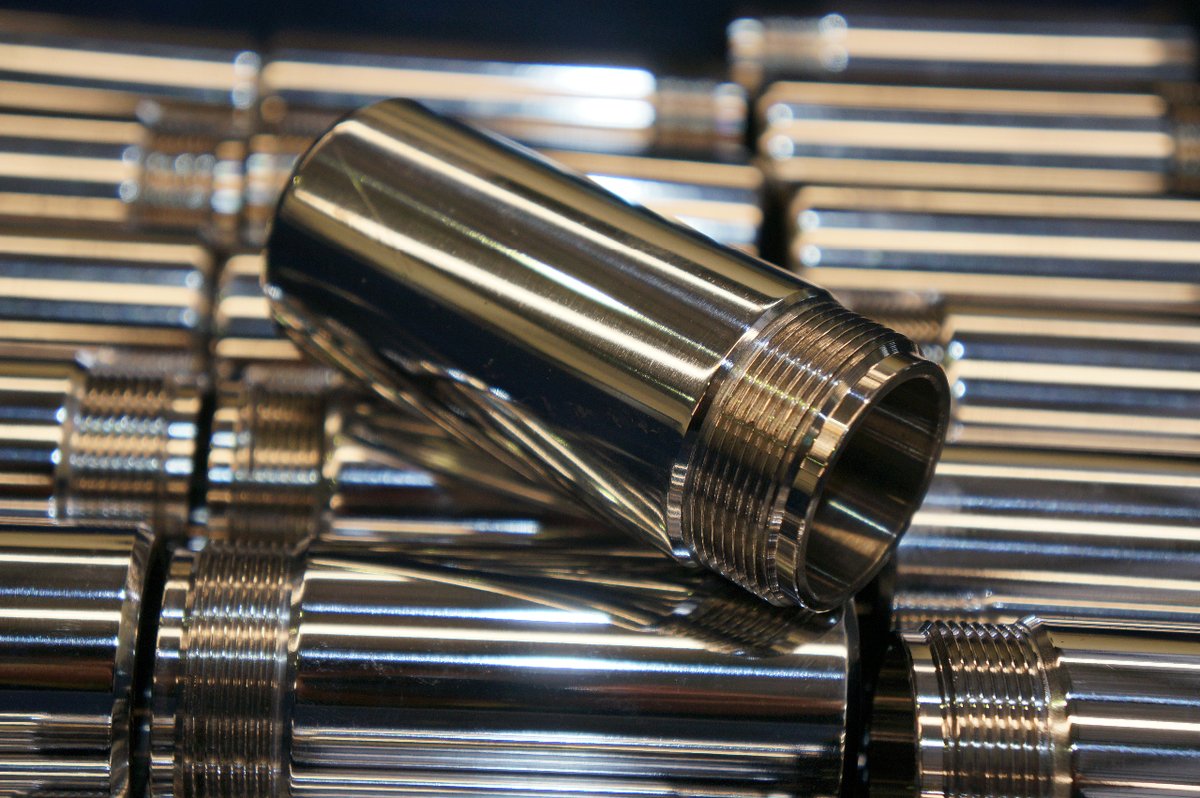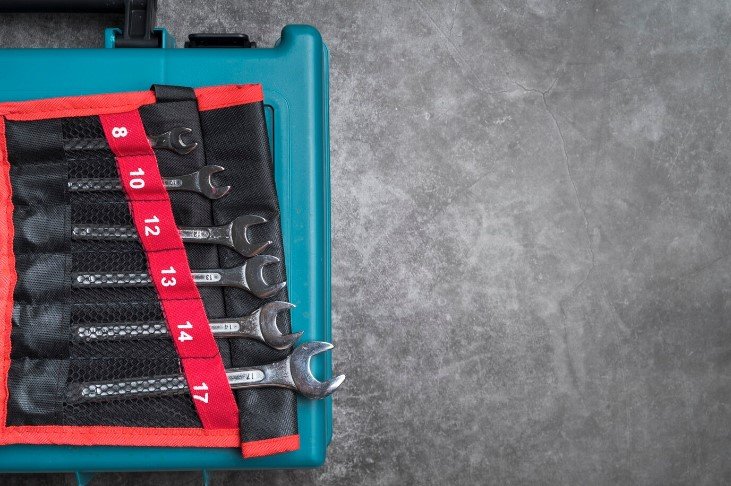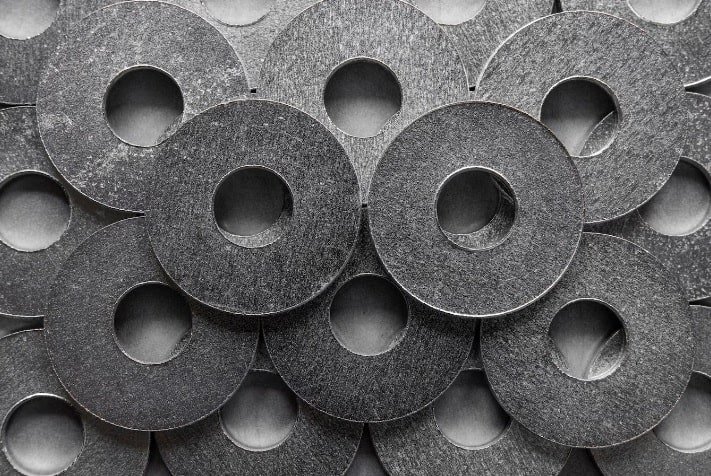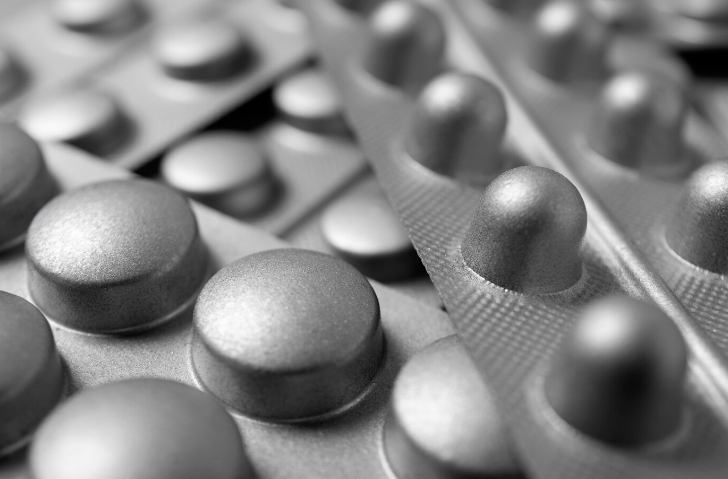Sustainable & Environmentally Friendly Chromium Plating Strategies
Chromium plating is a widely used technique for coating metal surfaces with a layer of chromium. It provides several benefits, such as corrosion resistance, improved hardness and wear resistance, and aesthetic appeal. However, chromium plating can also pose significant environmental challenges because of the toxic nature of chromium compounds. To win the environmental challenges of chromium plating, here are some strategies you can follow:
Use alternative plating methods
One way to reduce the environmental impact of chromium plating is to explore alternative plating methods that do not use chromium compounds. For example, electroless nickel plating or electroplating with non-chromium-based solutions can provide similar benefits without the toxic effects of chromium.
Optimize process parameters
Another way to reduce the environmental impact of chromium plating is to optimize the process parameters. This can include using lower concentrations of chromium compounds, reducing plating time, or adjusting the temperature and pH of the plating solution.
Implement a closed-loop system
Implementing a closed-loop system can reduce the amount of chromium discharged into the environment. A closed-loop system recirculates the plating solution, rather than disposing of it after each use, reducing the amount of waste generated.
Use a chemical recovery system
A chemical recovery system can help to recover the chromium from the plating solution and recycle it for future use. This reduces the amount of chromium needed for the plating process and minimizes the amount of waste generated.
Proper waste management
Proper waste management is essential to minimize the environmental impact of chromium plating. All waste generated during the plating process should be collected, treated, and disposed of appropriately, following local environmental regulations.
In conclusion, winning the environmental challenges of chromium plating requires a combination of strategies, such as using alternative plating methods, optimizing process parameters, implementing closed-loop and chemical recovery systems, and proper waste management. By following these strategies, we can ensure that chromium plating is a sustainable and environmentally friendly process.
Hexavalent chromium, also known as chromium (VI), is a toxic and carcinogenic substance that has been widely used in the metal finishing industry for hard and decorative plating processes since the 1920s. The exceptional physical characteristics of chromium plating make it a preferred choice in many applications, but the hazardous nature of hexavalent chromium has led to increased environmental and health concerns.
The US Environmental Protection Agency (EPA) has classified hexavalent chromium as a hazardous substance and has established regulations to limit its discharge into the environment. The Registration, Evaluation, Authorization, and Restriction of Chemicals (REACH) program in the European Union has also listed chromium trioxide, a common source of hexavalent chromium in plating solutions, as a hazardous chemical and has implemented strict regulations on its use.
Because of these regulations, the metal finishing industry has been working to develop alternative plating methods and to improve the sustainability of chromium plating processes. This includes the use of closed-loop systems, chemical recovery systems, and the development of non-chromium-based plating solutions.
It is important to continue to monitor and regulate the use of hexavalent chromium to minimize its impact on the environment and public health.
Chromium plating has been widely used in various industries for decades due to its exceptional physical characteristics such as corrosion and wear resistance, and aesthetic appeal. In the aerospace industry, hard chromium is commonly used for its durability and ability to withstand extreme environments. The automotive sector primarily uses decorative chromium plating, while other industries use both decorative and hard chromium plating.

Chromium is the only element among groups 4, 5, and 6 of the periodic table that can be plated using an aqueous solution. Ionic liquids can deposit most of the transition elements, but they are not widely used in industrial applications. Aqueous hexavalent chromium deposits have exceptional tribological and corrosion resistance properties, although not all formulations possess these properties.
Chromium plating is commonly used on high-strength steels and nickel alloys, and a Wood’s nickel strike is often used to prepare the surface for plating. The chromium deposit exists in the alpha phase and is crystalline, with limited compounds or components and occlusion of hydrogen and carbon, which can lead to the development of internal deposit stress.
The low cathode current efficiency of the electrolyte used for chromium plating allows for greater tribological properties because of the presence of hydride and carbide compounds. However, these compounds can also develop intrinsic stress in the deposit and affect its deformation properties.
Despite its extensive applications and good properties, chromium plating poses significant environmental challenges due to the toxic nature of hexavalent chromium. As mentioned earlier, the US EPA and REACH have established regulations to limit its discharge into the environment, and the metal finishing industry has been working to develop more sustainable plating processes. It is essential to continue to monitor and regulate the use of chromium plating to minimize its impact on the environment and public health.
The original hexavalent chromium plating formula was developed by accident in the early 1900s and it comprised of chromium trioxide and sulfuric acid. The researcher who developed the formula initially assumed that chromium trioxide was a trivalent salt, but this was later corrected by another scientist.
Since then, alternative methods of hexavalent chromium plating have been developed to address environmental and health concerns. Trivalent chromium plating, cobalt alloy deposits, and electroless nickel deposits with phosphorus or boron alloys are some of the substitute methods that have been developed and continue to be researched.
In recent years, there has also been increased interest in high-temperature and room-temperature ionic liquids for depositing metals such as trivalent chromium, niobium, aluminum, and molybdenum. These alternative methods offer the potential for more sustainable and environmentally friendly plating processes. However, more research is needed to develop and optimize these methods for industrial use.
Yes, trivalent chromium plating is an alternative to hexavalent chromium plating and can produce similar decorative deposits. However, there can be variations in deposit characteristics, particularly on hard chromium applications where macrocracks can develop after baking.
Comparing the microstructure on transverse sections can be a useful practice in analyzing macrocracks.
Electroless nickel deposits with boron alloys can offer some tribological properties, but they may not offer comparable wear and corrosion resistance properties of hard hexavalent chromium plating. Similarly, while ionic liquid methods, particularly room temperature ionic liquid electrolysis, offer potential advantages, they are still emerging technologies and require further development.
Vapor deposition methods, including chemical vapor deposition (CVD), can also be used as alternatives to hexavalent chromium plating. CVD can be applied to several transition metals, including tantalum (Ta) and niobium (Nb). However, these methods may require specialized equipment and expertise.
Thermal spray coating is a versatile and diverse alternative to hexavalent chromium plating, with several methods available in the market, including oxyfuel wire (OFW) spray, electric arc wire (EAW) spray, oxyfuel powder (OFP) spray, plasma arc (PA) powder spray, and high velocity oxyfuel (HVOF) powder spray.
Thermal spray coating can offer a range of properties, including corrosion resistance, wear resistance, and thermal barrier properties, depending on the coating material and method used.
The choice of an alternative to hexavalent hard chromium plating process depends on various factors, such as the application demand, cost, and the required physical characteristics. Trivalent chromium plating, vapour deposition, and thermal spray methodologies are viable alternatives to consider. However, each method has its advantages and limitations, and the final decision must be based on the specific needs of the application.
Learn More
Plastic Metamorphosis: Cutting-Edge Plating Techniques Revolutionizing Modern Manufacturing

Posted By:Venkat Raja
Mar 25, 2023
Tags:






